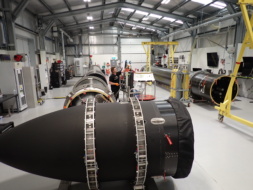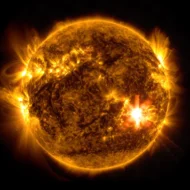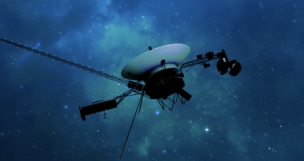In a victory for NGOs and activists who have been pushing for more environmental accountability in space, the UN has adopted a provision that will ban the use of mercury as a satellite propellant.
The UN provision: On Saturday, the UN added satellite propulsion to a long list of banned use cases for mercury under the Minamata Convention on Mercury, of which the US was the first signatory. 137 countries around the world have committed to the Minamata Convention, and the responsibility falls on those individual governments to enforce the ban.
Flash back: In 2018, the NGO Public Employees for Environmental Protection (PEER) received a whistleblower complaint that a Silicon Valley startup was building satellite propulsion systems powered by mercury. The whistleblower worried these systems would discharge mercury into the upper atmosphere, which would then make its way back down to Earth.
PEER took it upon itself to file a complaint with the FCC, requesting that the agency conduct a NEPA (National Environmental Policy Act) review of any planned satellites.
- There are still ongoing legal battles that stemmed from that request, including a lawsuit between Viasat and SpaceX over the brightness of Starlink satellites in the night sky (among other things).
- The FCC has not committed to conducting NEPA reviews for planned satellite constellations.
Why mercury? “Mercury is cheap and plentiful, and it has a lot of things to attract it as a fuel source, so long as you don’t have to worry about the environmental effects of it,” Kevin Bell, staff counsel at PEER, told Payload. While mercury may be useful for propulsion, as Bell put it in his viral Twitter thread about the legal battle…“it’s also a powerful bioaccumulative neurotoxin!” Not great.
Apollo Fusion, which planned on using mercury propulsion in 2018, was likely drawn to the cheapness and effectiveness of the chemical. The space startup was in the process of selling its thrusters to megaconstellations and had signed at least one contract with a potential customer.
Perhaps proponents of the mercury system assumed that firing mercury thrusters outside of the atmosphere wouldn’t have impacts on our planet’s environment. Scientists say that isn’t true: that mercury propellant would fall back to earth, and an estimated 75% of it would be deposited into the oceans.In the ocean, mercury “gets uptaken by krill and plankton and fish, and all that ends up working its way up the food chain,” Bell said.
There aren’t any mercury thrusters in orbit for now, as far as we know. This week’s announcement from the UN intends to keep it that way.




